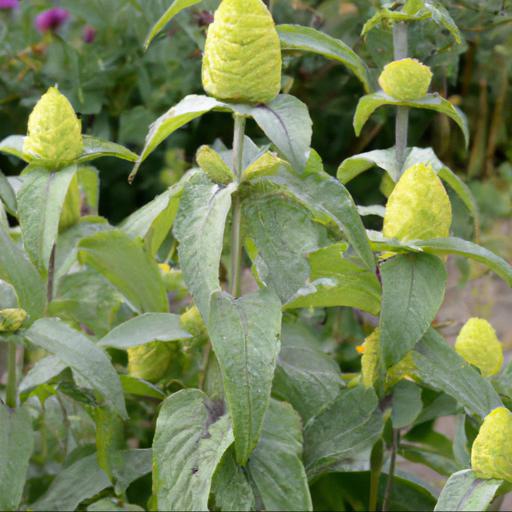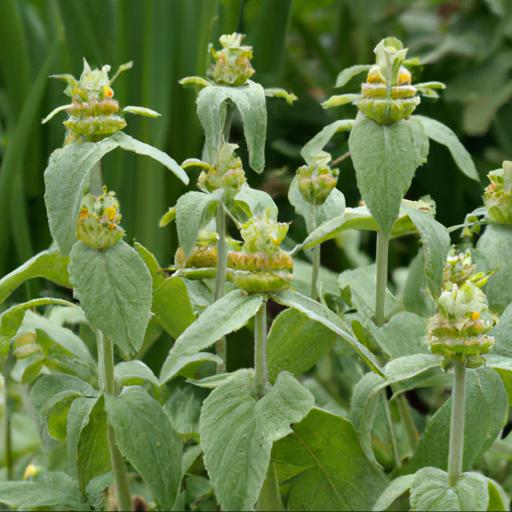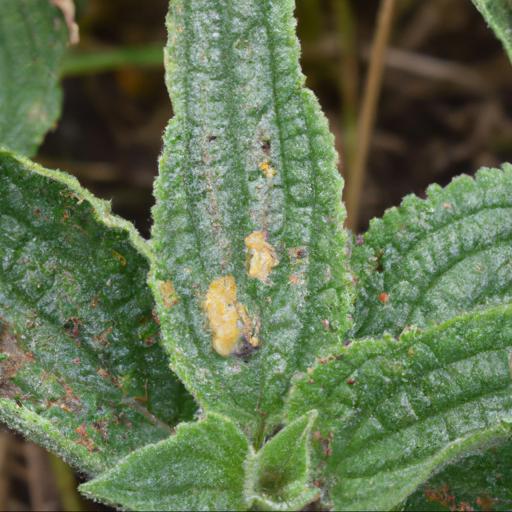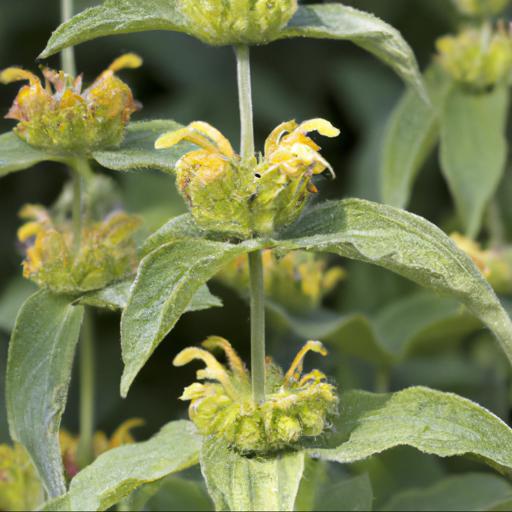Phlomis longifolia, commonly known as the Longleaf Jerusalem Sage, is an attractive evergreen shrub that is native to the Mediterranean region. It has long, narrow, grey-green leaves and bright yellow flowers that bloom in the spring and summer.
This hardy shrub is easy to care for and can be used in a variety of ways to add color and texture to any garden. In this blog, we will discuss the many benefits of Phlomis longifolia, including its hardiness, its attractive appearance, and its many uses in the garden. We will also provide tips on how to care for and propagate this wonderful plant.
Benefits of growing phlomis longifolia

Phlomis Longifolia is a unique and exciting perennial herb that hails from the Mediterranean region. The plant is ideal for gardeners who want to add a touch of whimsy and sophistication to their outdoor spaces.
With its long, elegant leaves, this herb is a delightful addition to any garden. Not only does it boast a beautiful appearance, but growing and caring for it have a variety of benefits. Phlomis Longifolia is a drought-tolerant plant that is easy to grow and maintain in low-water gardens.
Its lovely appearance is the result of its deep green foliage, which contrasts nicely against the plant’s soft, creamy white petals and stamens. The flowers on this herb bloom throughout the summer and attract birds, bees and other beneficial pollinators.
This provides a welcome source of food for the creatures living in your garden. Beyond its ornamental value, Phlomis Longifolia also has medicinal properties. The aerial parts of the plant are known to possess anti-inflammatory, anti-bacterial, and anti-fungal properties.
This makes it a great choice for home remedies and apitherapy. Additionally, it has insignificant toxicity, so it can be safely consumed by humans and animals alike.
The care of Phlomis Longifolia is fairly straightforward. It prefers full sun, with some morning shade, and does well in fast-draining soil. It should be watered often enough to keep the soil moist but not soggy.
It’s best to fertilize in late winter or early spring. This herb is a low-maintenance and low-cost addition to the garden that will certainly provide many years of enjoyment. With its attractive appearance and medicinal properties, it’s a great way to add a bit of beauty and wellness to your outdoor space.
Tips for growing phlomis longifolia

If you’re a UK gardener and you’re looking for tips on how to grow and nurture your Phlomis longifolia, then you’ve been directed to the right place. As a UK garden expert, I’m here to tell you that if you follow my advice, you’ll have your Phlomis longifolia thriving in no time!Are you ready to learn how to help your new Phlomis longifolia bloom in your UK garden?
The first step is to make sure you’re planting in the right soil. Phlomis longifolia is happiest in dry, sandy soil that’s been enriched with a mixture of organic material and minerals.
You also want to pay attention to how much sun exposure your Phlomis longifolia gets. It prefers to be in the sun for around eight hours of the day, but can tolerate a bit less.
Once you’ve made sure your soil is in the appropriate condition and your Phlomis longifolia is getting enough sun, it’s time to give your plant some watering. Phlomis longifolia is resilient and can withstand long periods of drought, but if you’re living in an area with droughts, it’s best to water your plant when the soil is in its driest. This may mean irrigating only during an extended period of drought, or during the summer when there is less rainfall in the UK.
Good luck, fellow UK gardeners! With these tips, you should have no problem growing and nurturing your beautiful Phlomis longifolia plant. Make sure you occasionally check for diseases, as certain ones like powdery mildew can affect this plant.
But as long as you follow the above-mentioned tips, you should have no problem with your Phlomis longifolia growing to its full potential.
Common problems with phlomis longifolia

When it comes to gardening, nothing is quite as mysterious and perplexing as phlomis longifolia, commonly referred to as the Jerusalem sage. This flowering perennial with its intricate and unique foliage is certainly a beauty to behold, making it a popular choice for home gardens. However, the Jerusalem sage is no ordinary species.
It faces several common problems, including those of nectar feeding and disease susceptibility, making care and cultivation more challenging than usual. Nectar feeding is a large problem for phlomis longifolia.
The more nectar a plant produces, the more attractive it is to pests like aphids and caterpillars, who chew through its leaves in order to access the sweet nectar inside. If left untreated, this can cause significant damage to the foliage which can be difficult to repair. The Jerusalem sage is also susceptible to a number of diseases, some of which include powdery mildew and yellow rust.
Powdery mildew is a fungal infection that can cause distorted, discolored and stunted growth. Yellow rust is another common disease that affects phlomis longifolia and can cause unsightly yellow patches on the leaves.
Both require immediate treatment in order to save the plant. To properly care for a Jerusalem sage, gardeners need to make sure that the plant is planted in a spot with good air circulation and plenty of sunlight.
Soil should be kept slightly moist and pruning should be done regularly. Finally, gardeners should keep an eye out for any signs of insect activity or disease and take action if necessary. With the right conditions and care, phlomis longifolia can be a bold and beautiful addition to any garden.
Our video recommendation
Conclusion
Phlomis longifolia is a species of flowering plant native to the Mediterranean region. It has a long flowering season, with flowers ranging from yellow to purple in color. The plant is drought tolerant and requires little maintenance, making it a popular choice for gardens and parks.
It is also a great choice for xeriscaping, as it requires minimal water and is easy to care for. Phlomis longifolia is an attractive and versatile plant, making it a great choice for any garden.
FAQ
What is the scientific name of Phlomis longifolia?
The scientific name of Phlomis longifolia is Phlomis longifolia L.
Where is Phlomis longifolia native to?
Phlomis longifolia is native to the Mediterranean region.
What are the characteristics of Phlomis longifolia?
Phlomis longifolia is a perennial herb with a woody base and a height of up to 1.5m. It has greyish-green, lance-shaped leaves, and its flowers are yellow and tubular in shape. It is drought-tolerant and prefers full sun and well-drained soil.
How is Phlomis longifolia used in traditional medicine?
Phlomis longifolia has been used in traditional medicine for its anti-inflammatory, antispasmodic, and diuretic properties. It has been used to treat respiratory ailments, digestive issues, and skin conditions.
What are the benefits of Phlomis longifolia?
The benefits of Phlomis longifolia include its ability to reduce inflammation, improve digestion, and provide antioxidant protection. It is also believed to have anti-bacterial and anti-fungal properties, which can help to protect against infection. Additionally, it is thought to have anti-cancer and anti-diabetic properties.
How can Phlomis longifolia be propagated?
Phlomis longifolia can be propagated by seed or by division of the root clumps.

